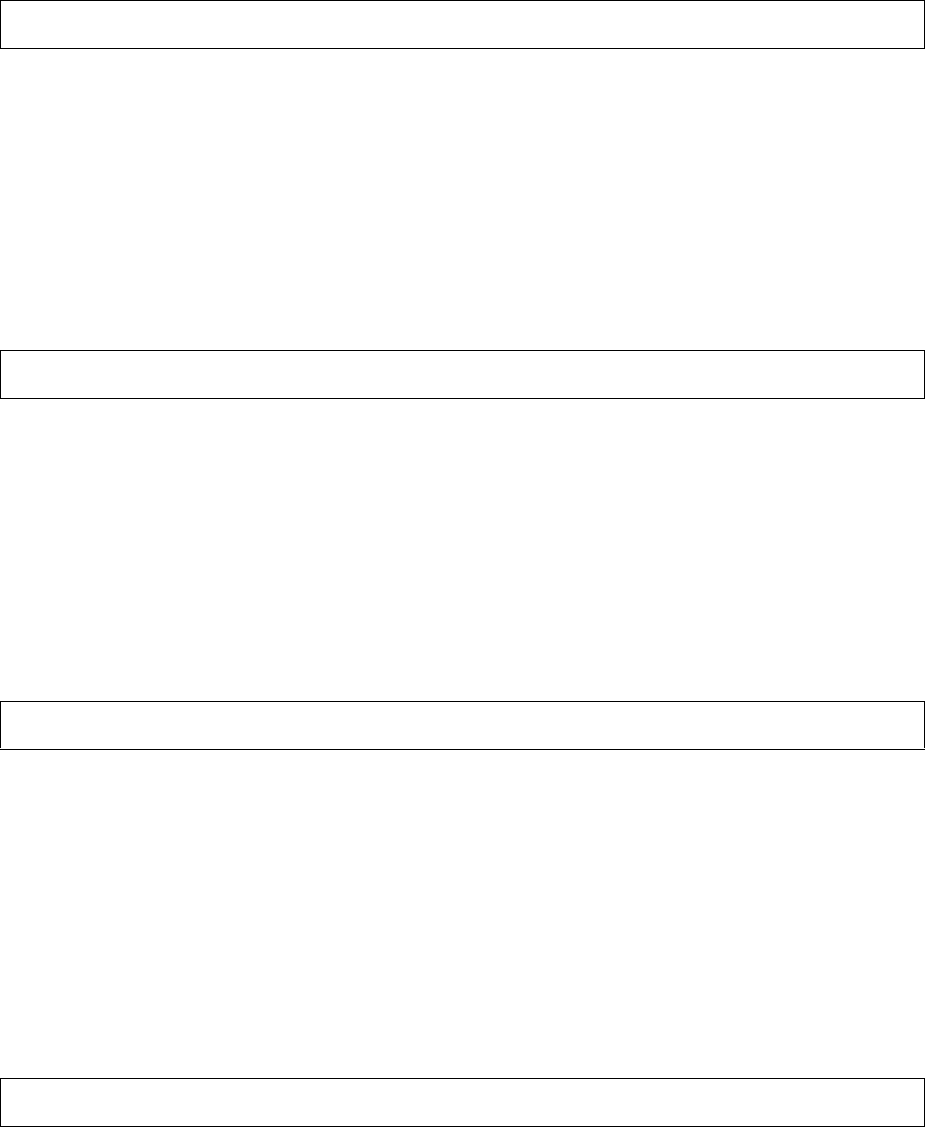Pathway/iTS Web Client Programming Manual (H06.03+, J06.03+)
Table Of Contents
- HP NonStop Pathway/iTS Web Client Programming Manual
- Legal Notices
- Contents
- What's New in This Manual
- About This Manual
- 1 Introduction to Pathway/iTS Web Clients
- 2 How to Compile, Build, and Maintain a Pathway/iTS Web Client
- 1. Prepare the SCREEN COBOL Object File
- 2. Create a Configuration File
- 3. Run the Converter
- 4. Modify Java or SCREEN COBOL Code as Needed
- 5. Run PROFDBM to Set Up the User Profile Database
- 6. Build the Converted Client
- 7. Deploy the Web Client
- 8. Customize the Screens
- 9. Specify the Port Number of the Router Process
- 10. Configure Pathway Servers for User Profiles and User Conversion Routines
- 11. Tune the Application for Performance by Changing the Session-Length Parameter
- 12. Maintain the Client
- 3 Logon Security and User Profiles
- 4 User-Written User Conversion Procedures for Web Clients
- 5 SCREEN COBOL-to-Web Conversion Mappings
- 6 Java Import Package Reference
- 7 Introduction to Pathway/iTS 1.1
- A Client Error Messages
- B SCREEN COBOL Features Not Supported for Web Conversion
- Index
- Content Feedback

Client Error Messages
HP NonStop Pathway/iTS Web Client Programming Manual—520270-003
A-4
Message Descriptions
3020
Cause. The program unit specified in a CALL statement was not found in the
TCLPROG files.
Effect. The operation fails.
Recovery. Isolate and correct the problem within the Java program, using the stack
trace information in
error-loc
to locate the problem. Alternatively, correct the
problem in the SCREEN COBOL program and reconvert the application.
3022
Cause. The value passed to the gateway requester program for a SCREEN COBOL
SEND statement did not have the format of a valid server-class name.
Effect. The operation fails.
Recovery. Isolate and correct the problem within the Java program, using the stack
trace information in
error-loc
to locate the problem. Alternatively, correct the
problem in the SCREEN COBOL program and reconvert the application
3027
Cause. The server-class SEND operation did not match the transaction-mode state.
A SEND operation to a server not using the Transaction Management Facility (
TMF
)
was attempted while the gateway requester thread was in transaction mode.
Effect. The operation fails.
Recovery. Isolate and correct the problem within the Java program, using the stack
trace information in
error-loc
to locate the problem. Alternatively, correct the
problem in the SCREEN COBOL program and reconvert the application.
3030
Cause. An attempt to use the Transaction Management Facility (TMF) failed because
TMF auditing was not configured in the host NonStop system.
Effect. If the ON ERROR clause of the BEGIN-TRANSACTION statement is present
in the SCREEN COBOL source code—that is, if the onTxnErrorMethod method is
*3020* CALLED PROGRAM UNIT NOT FOUND
error-loc
*3022* SEND: SERVER CLASS NAME INVALID
error-loc
*3027* TRANSACTION MODE VIOLATION
error-loc
*3030* TMF NOT CONFIGURED
error-loc










